How Should I Practice If I’m Hypermobile?
Rachel Scott discusses the challenges of practicing yoga for those of us who are hypermobile. She offers a simple approach to asana that mitigates hypermobility and helps prevent overextension.
To learn more, check out Rachel and David's YTT courses, Anatomy of the Knee and Anatomy Of Muscles And Connective Tissue which are two of 32 courses that make up our online/in-person 250-Hour Yoga Teacher Training Program. You can also take a look at Rachel's free video,




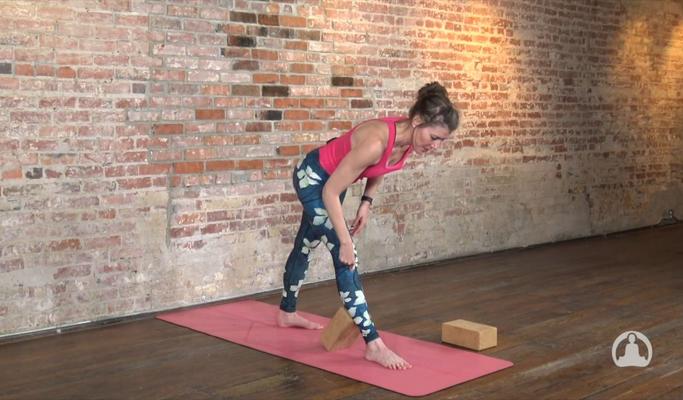

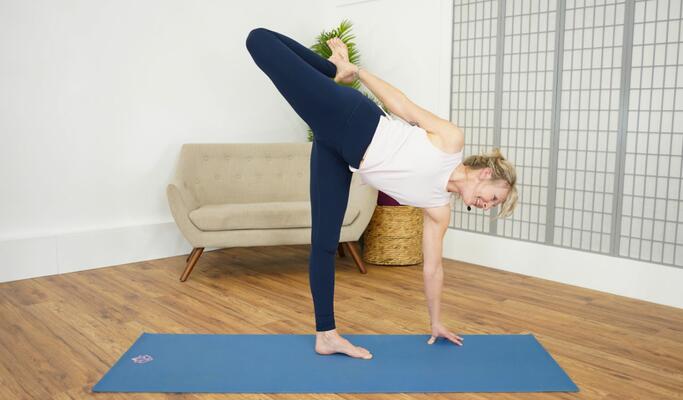

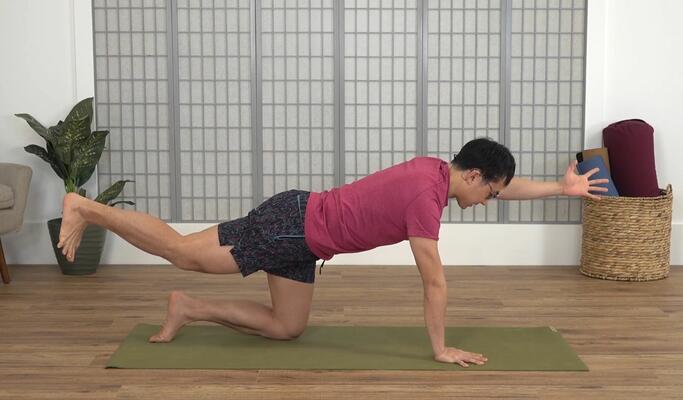
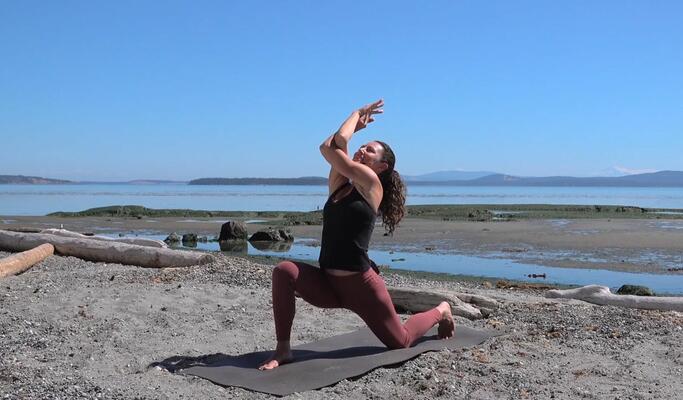
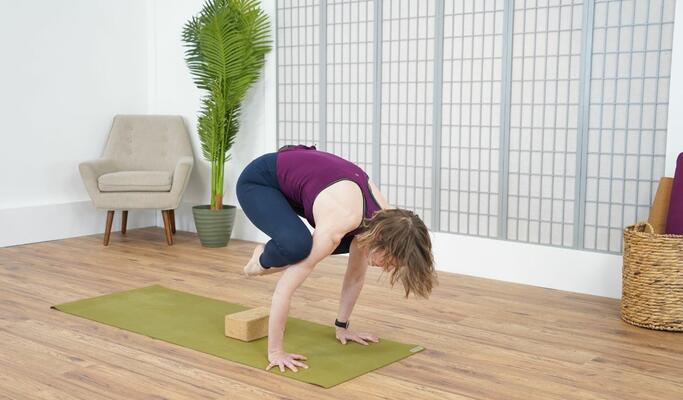
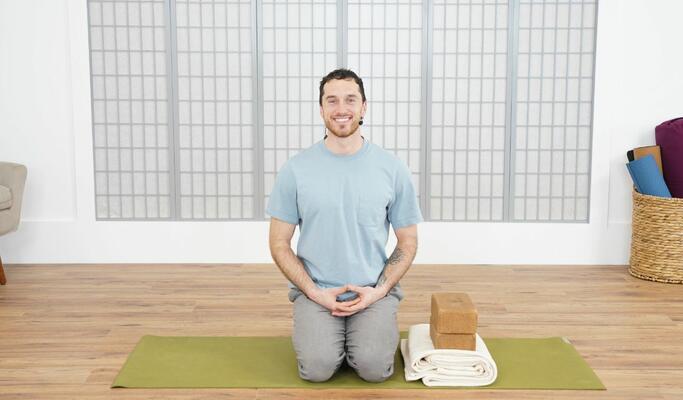
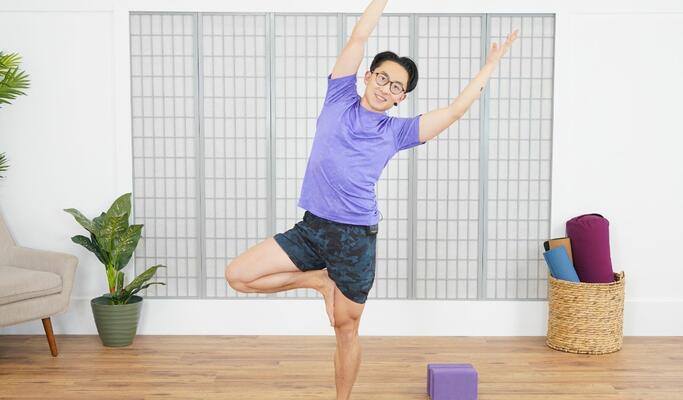
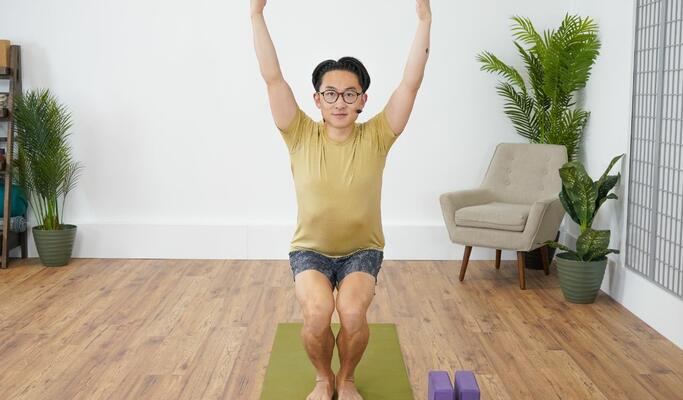
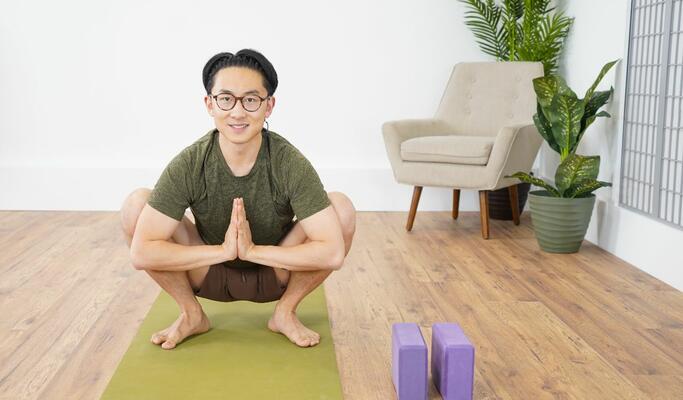

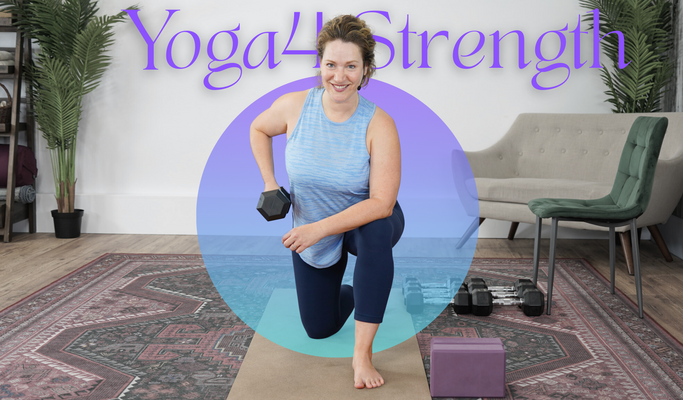

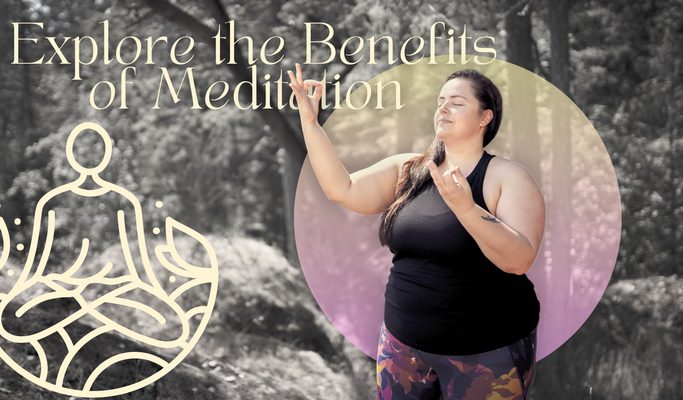
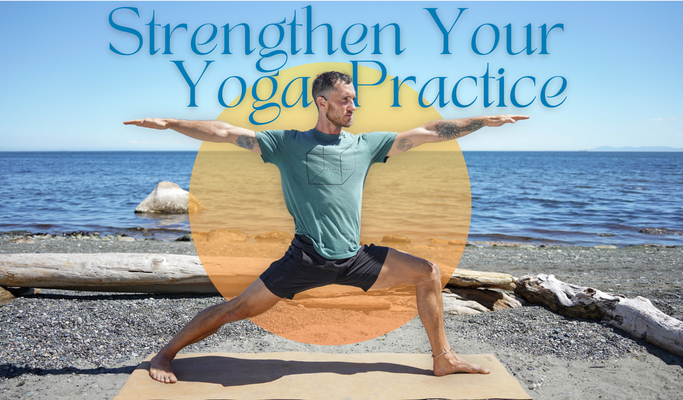
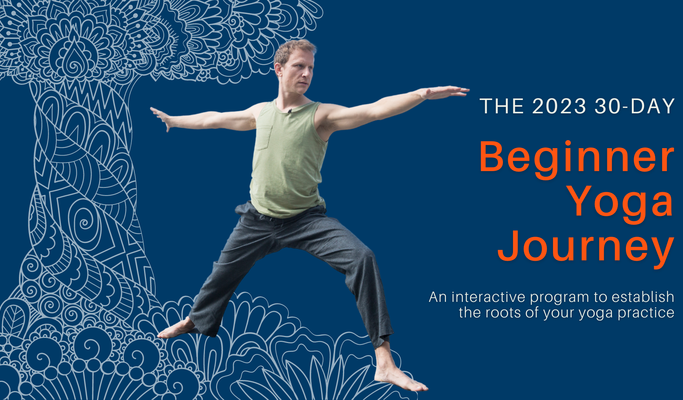





Comments
These are super helpful edits to someone's practice but I do want to comment on what is said at around 17 seconds where you say "hypermobility is totally normal, there is nothing wrong with it." That only applies to those with benign hypermobility conditions. For many who suffer from incurable connective tissue disorders such as Ehlers Danlos Syndrome there is very much wrong with being hypermobile from chronic pain, dislocations and subluxations, systemic issues, comorbidities, disabilities, and a decreased quality of life. I was once told I was a yoga "natural" but it was my failing connective tissues. Due to the progression of this illness, yoga is not even an option for me at this point. While many with EDS can do yoga, please recognize that hypermobility can cause many problems and it is OK to acknowledge this fact. Hypermobility is a wide spectrum! The more awareness of EDS and Hypermobility Spectrum Disorders there is, the better care "zebras" can receive. I appreciate the adaptations you provide in this video and hope it can help others still able to do yoga. Cheers.
Thank you, Rachel. Super helpful!
excellent session. Wish I'd know this 40 years ago! However, I will take heed and try the strengthening of arms and legs.